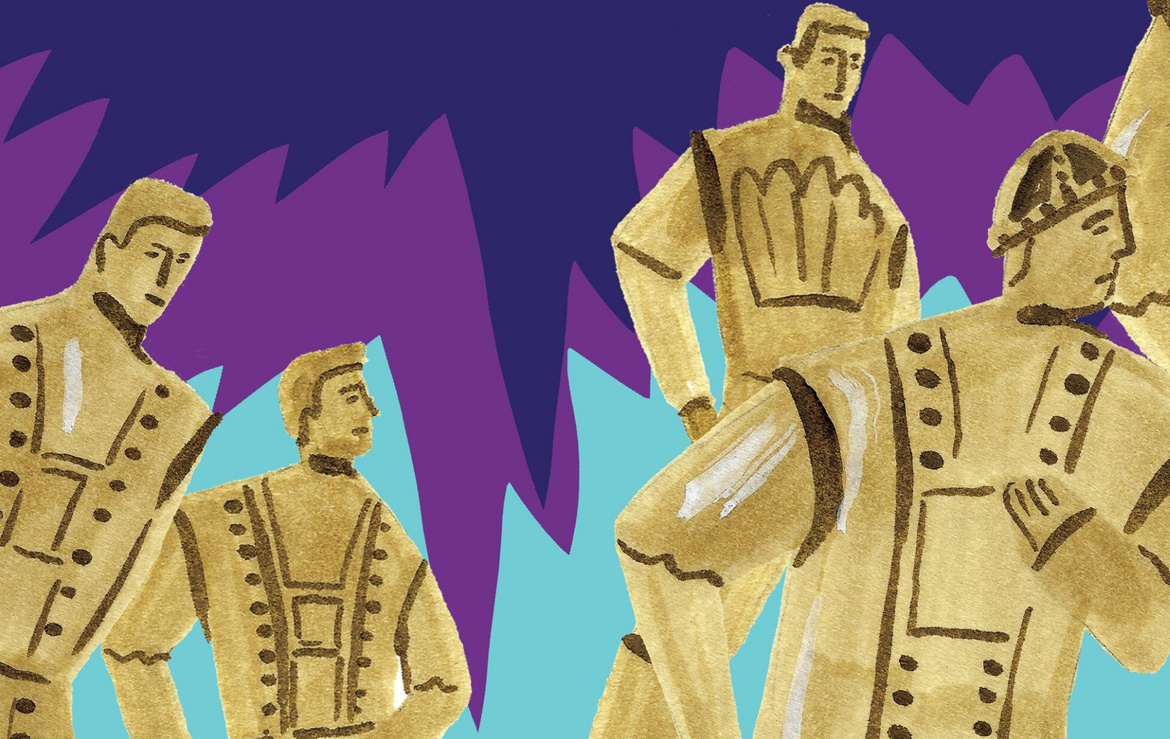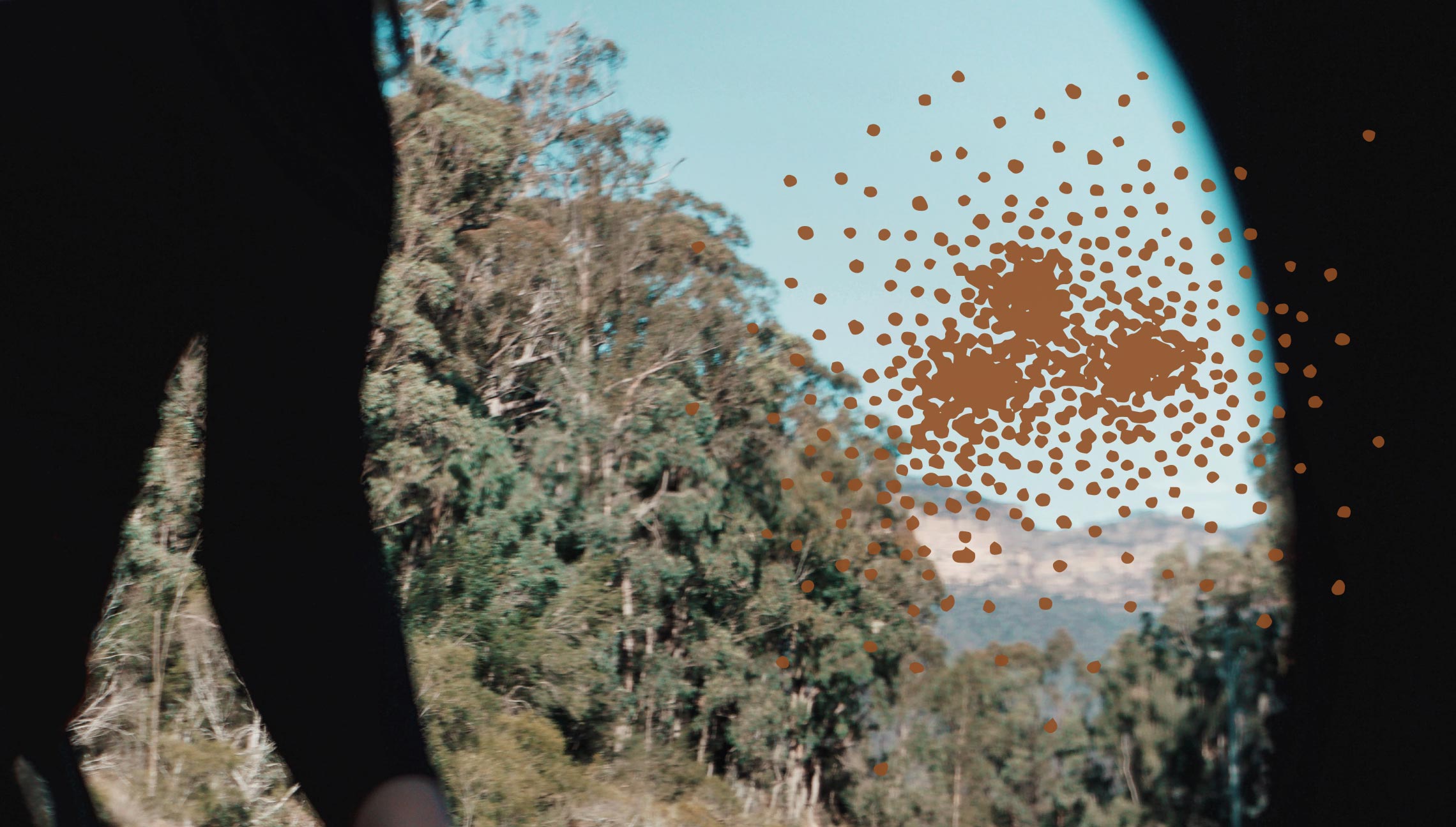In 1920, Czech playwright Karel Čapek published a play that introduced the world to the word ‘robot’, and provided the blueprint for humanoid robots in popular culture throughout the 20th century. The play was first performed on 25 January 1921. To commemorate 100 years of its history, 3Ai has created its own version of R.U.R (Rossum’s Universal Robots) and is producing a set of educational workshop materials to help 21st century audiences tackle the themes of R.U.R that remain so compelling today.
R.U.R is the story of a corporation making artificial people, called ‘robots’, who eventually rebel and overthrow their human masters. While robots today are often described in terms of steel and silicon, the original robots of R.U.R. were different: they were made of synthetic flesh and blood, and in the play, often confused with real people. In attempts to reduce robot accidents, the robots are programmed to experience suffering and taught to reason, and over the course of the play they become harder to control. Traces of the robots of R.U.R. can be glimpsed in the replicants of Blade Runner, the androids of Do Androids Dream of Electric Sheep? and the theme park occupants of Westworld. And of course, in the play itself we can see traces of Mary Shelley’s Monster and the stories of the Golem.
Čapek borrowed the word ‘robot’ from the Czech word, robota, meaning ‘forced labour’. Through its indentured robots R.U.R examines what can be perceived to be morally legitimate when something, or someone, is classed as ‘non-human’. R.U.R explores relationships between humans and technology, mass production and individual autonomy, and slavery and freedom. The humans of R.U.R promise the world a kind of utopia, in which mass-produced robots act as slaves and humankind is freed from the burden of work. What follows is the destruction of humankind.
“Young Rossum invented a worker with the minimum amount of requirements. He had to simplify him. He rejected everything that did not contribute directly to the progress of work. He rejected everything that makes man more expensive. In fact, he rejected man and made the Robot … the Robots are not people. Mechanically they are more perfect than we are, they have an enormously developed intelligence, but they have no soul … The product of an engineer is technically at a higher pitch of perfection than a product of nature.” (The character Domin, recounting the origin story of Rossum’s robots, in R.U.R)
Exploring artificial intelligence through a play is in keeping with one of the core ideas of 3Ai: that all technology has a history and a place, a context and a set of ideas embedded in it. To design contemporary technologies safely and sustainably, we need to be able to interrogate these concepts. Art in all its forms helps us to imagine the possible effects of our actions. And through a play, people with different disciplinary backgrounds, perspectives and skills, can share a common experience and language.

R.U.R remains a funny, incisive commentary on automation and mass-production, as well as the ethics and morality of making life. To produce an abbreviated version of the script, 3Ai hosted script workshops with staff and external guests, sharing character roles and reflecting on relationships between the themes of the play and twenty first century concerns spanning AI, globalisation, capitalism, gender and climate change.
“How could you ever have thought the managing director was in charge of production? Production is governed by supply and demand. Everywhere in the world they wanted to have their robots, and all we did was respond to the flood of orders.” (Busman, the financial controller in R.U.R)
Around the script workshop tables, participants included systems engineers, roboticists, theatre makers, actors, writers, legal scholars, marketing and communications professionals and photographers. We reflected on this experience, and saw an opportunity to develop a suite of resources that would help others use R.U.R. in the same way.
Having experienced the shared pleasure of reading scenes from R.U.R as a team, and the vehicle it became for wider discussions of current day concerns across a diverse team, we hope the workshop materials might facilitate wider use of excerpts from R.U.R in organisations looking for a different way to engage their teams around AI; for high schools and universities exploring technology themes; and for anyone exploring scenario planning, risk scoping or implementation of new technologies.
3Ai is currently testing its resources in educational and workshop settings. In doing so, we hope to produce a reusable set of resources, and are conducting research about the process of developing cross-disciplinary educational resources.

